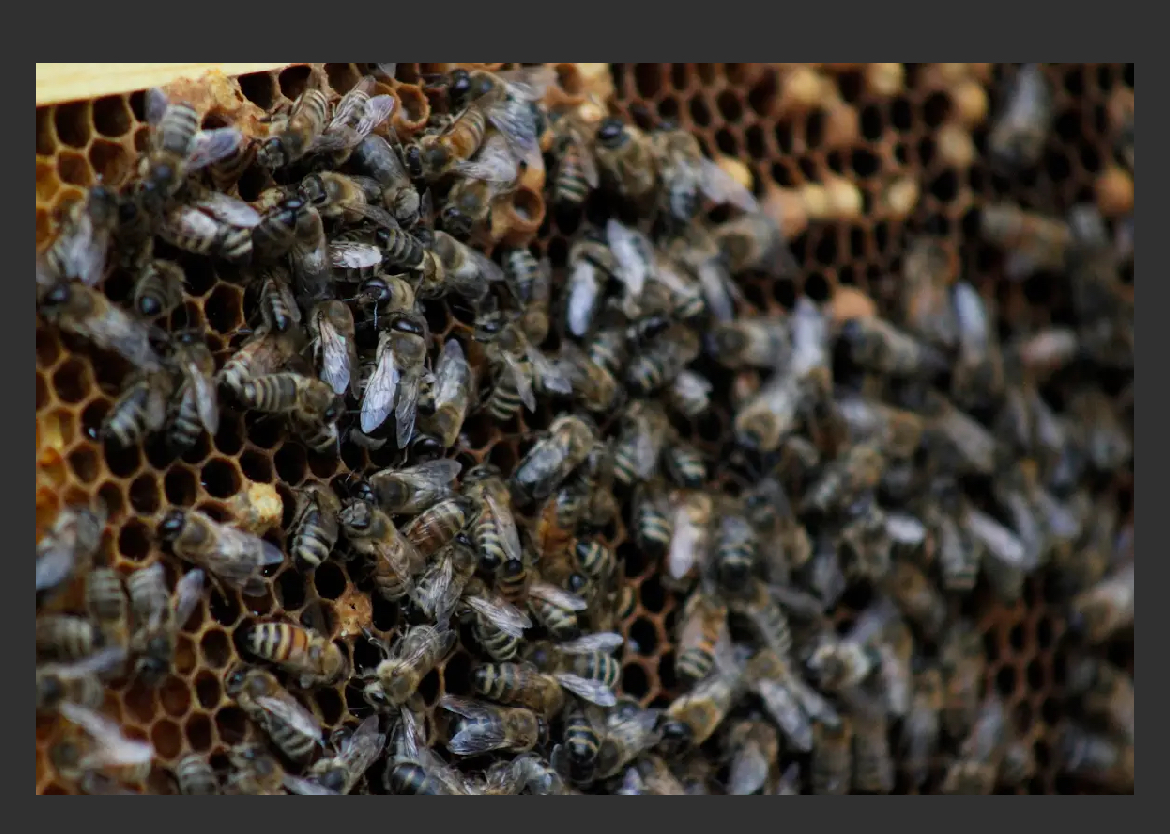Lunch and Learn
How BT’s daily food service ensures that learning happens all day long.
If a visitor to campus inquired about the most notable aspect of Brownell Talbot, what would come to mind? Chances are, the food served wouldn’t be mentioned, which is surprising considering that lunch is an everyday occurrence that involves many people and myriad connections. This ignorance of where we get our food is not exclusive to BT, however — even though more than half of all American students eat school lunch. Lunch is seen as distinct from the school day, although the learning never really stops just because there are no teachers or homework. Getting to refuel your body and talk with friends is an integral part of the school day, and one that is sadly overlooked even though it is so important. What goes on in the kitchens of Brownell Talbot is a complex web of finding ways to minimize food waste, juggling supply chain issues, and making sure everyone gets fed, but to an observer that doesn’t understand the extent of what a chef does every day, it is shrouded in mystery.

Shari Jensen, BT’s Executive Director of Business and Finance, oversees enrollment in the school lunch program, and she shared information about how many students take advantage of the meal plan, in addition to how many students and faculty go through the lunch line on a given day. It turns out that about half the students and staff on campus get lunch each day through the meal plan, but that even more meals are served to those who purchase lunch separate from the meal plan. In all, about 300 lunches are served on a given day, spanning Lower School to Upper School, and including staff as well.
To get a sense of what life is like serving 300 meals every day to the Brownell Talbot campus, Verbatim staff interviewed the new Head Chef, Mr. David Holland. They asked him questions about his past, his average day on the job, and how he sources the food that Brownell Talbot eats in order to compare it to what the Upper School learned about shipping in Arriving Today. Below are the highlights of the interview.

What made you join the food industry, specifically in Brownell Talbot, and how long have you been working in the food industry?
David Holland has worked in the food industry for around 30 years, starting in the restaurant business during his high school years, where he had the opportunity to work with chefs like John Dye from the Compass Group (a leading food service company). It was through John Dye that Mr. Holland heard of Brownell Talbot, so he joined the BT staff to have fun and give the best lunch experience that he could to the campus.
What is your daily routine?
Mr Holland starts his workday at 6:00 in the morning, hitting the ground running. He made sure to stress how crucial the first two hours of the day are, since the outcome would decide how the rest of the day would play out. After all, the kitchen has to be ready to feed 350 kids every day, starting at 10:30. From then on, the kitchen staff cooks things as they go through lunch so that everything is freshly made for each student and faculty member. After lunch is over, the rest of the day is spent cleaning up and preparing for the next day. Depending on how much work needs to be done every day, Mr. Holland leaves campus at 3:00 pm some days and 5:00 on others, even coming in on Saturday or Sunday if needed. It also depends on the next day’s menu, as some dishes are easier to prepare than others. Thankfully, he said it gets easier to manage over time and predict how many people will order a certain dish on a certain day.
How is it decided what a certain day’s menu will be, and how far in advance?
The menus get planned two months in advance, making sure that all the dishes adhere to Flik’s standards while including a variety of meals. The kitchen keeps track of what dishes are popular (chicken tenders, pizza, burgers) and operates off of that knowledge. Mondays tend to be the easiest day. For each meal, the kitchen staff make sure all the different side dishes, soups, and main meal complement each other. Not every meal goes as smoothly as the kitchen staff hope, however. Problems that may occur include bad harvests, which will make the kitchen staff have to plan in advance to have enough fresh supplies. Similarly, with the current problems regarding the supply chain, Mr. Holland said that it was harder to get quality products. The kitchen staff get their food from myriad places, buying fresh produce (some locally grown, others not), bread (from Otello’s), and canned/frozen foods (from Sysco) in order to have a well-rounded ingredient list while helping the food chain by buying locally.
How many people does it take to prepare the meals, and what are their responsibilities?
Currently, there are 4 people working in the kitchen, and there is a lot of teamwork and collaboration between them. Melissa Lazio and Shane Leahy are the servers on a normal day, with both having individual responsibilities other than serving. Ms. Lazio prepares the salad bar, Mr. Leahy works on the sides and the hot foods. Since they worked at BT previously, they also help Mr. Holland get accustomed to the new work environment that BT presents. The third person in the kitchen is Fernando Aguero, who helps with utilities and helps throughout the day. Mr. Holland’s job is to prepare the main meal, work with Mr. Leahy on the hot foods, and cook the next day’s meal.
FLIK tries to employ a lot of waste-minimizing strategies to promote a healthier and more sustainable diet. How do you deal with minimizing food waste while making sure to cook enough for everyone to eat?
Minimizing food waste is essential for running a business, Mr. Holland agreed. Controlling labor and minimizing costs are essential to maintain a good business. The best way for a chef to keep food waste low, he said, was to have a hand on your kitchen every day. He also stressed the importance of saving different parts of a food for different days if you could. Figuring out how much the campus eats every day and creating enough food to mimic that is also important to minimize food waste. There’s going to be a little waste every day, but it’s unavoidable, he reasoned.

What would you recommend people to do if they are interested in a career like yours?
The food service community is definitely not for everyone. Staying on top of trends, constantly planning, and having in the right mindset are only some of the things one has to expect to be a chef, and it’s not at all like how chefs are portrayed on TV. A good chef needs to have an expressive, creative side, but also a business management side. To someone who wants to see if a career in the food industry is the right fit, Mr. Holland suggested a job at a local restaurant at a young age to test the waters. If one wants to take a step forward and decide to pursue being a chef seriously, he advised going to school to study culinary arts. But, be prepared for long hours and hard work!

Fruzsina Roka is a senior who has been at Brownell Talbot for three years. She joined Verbatim three years ago, but has had a presence in several other...


























